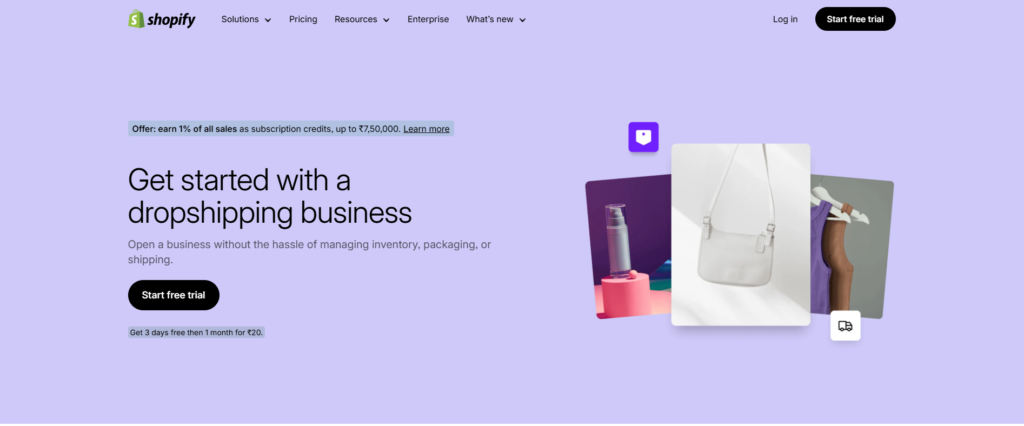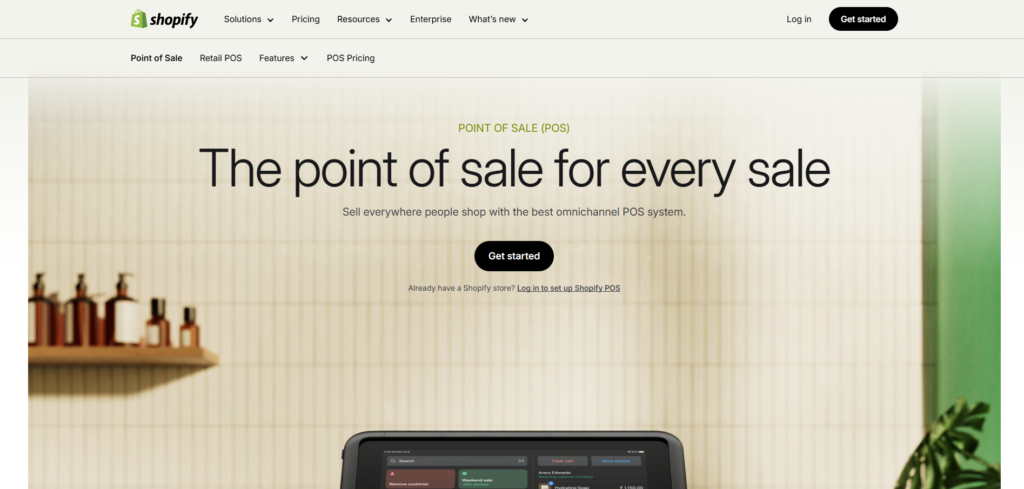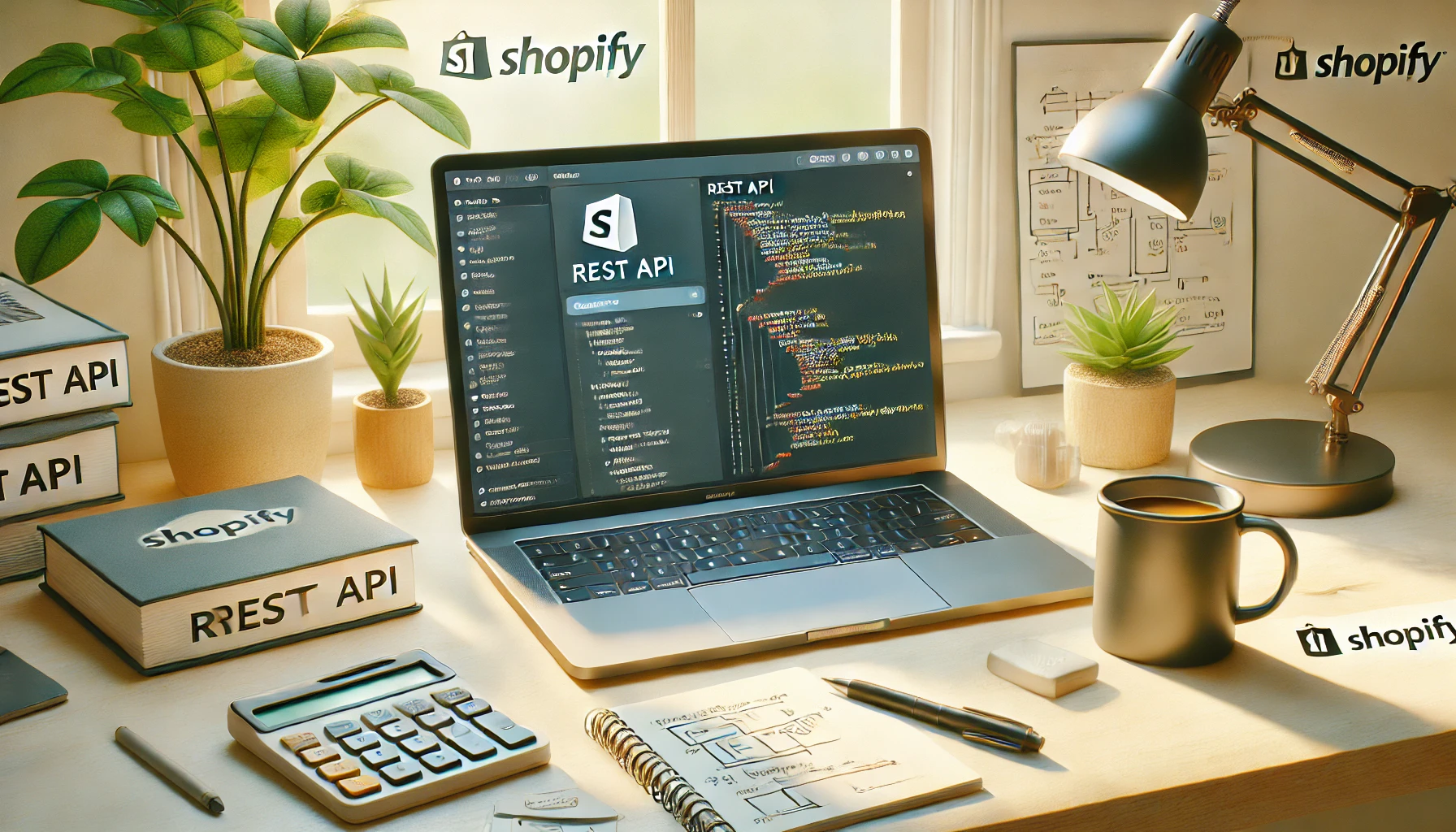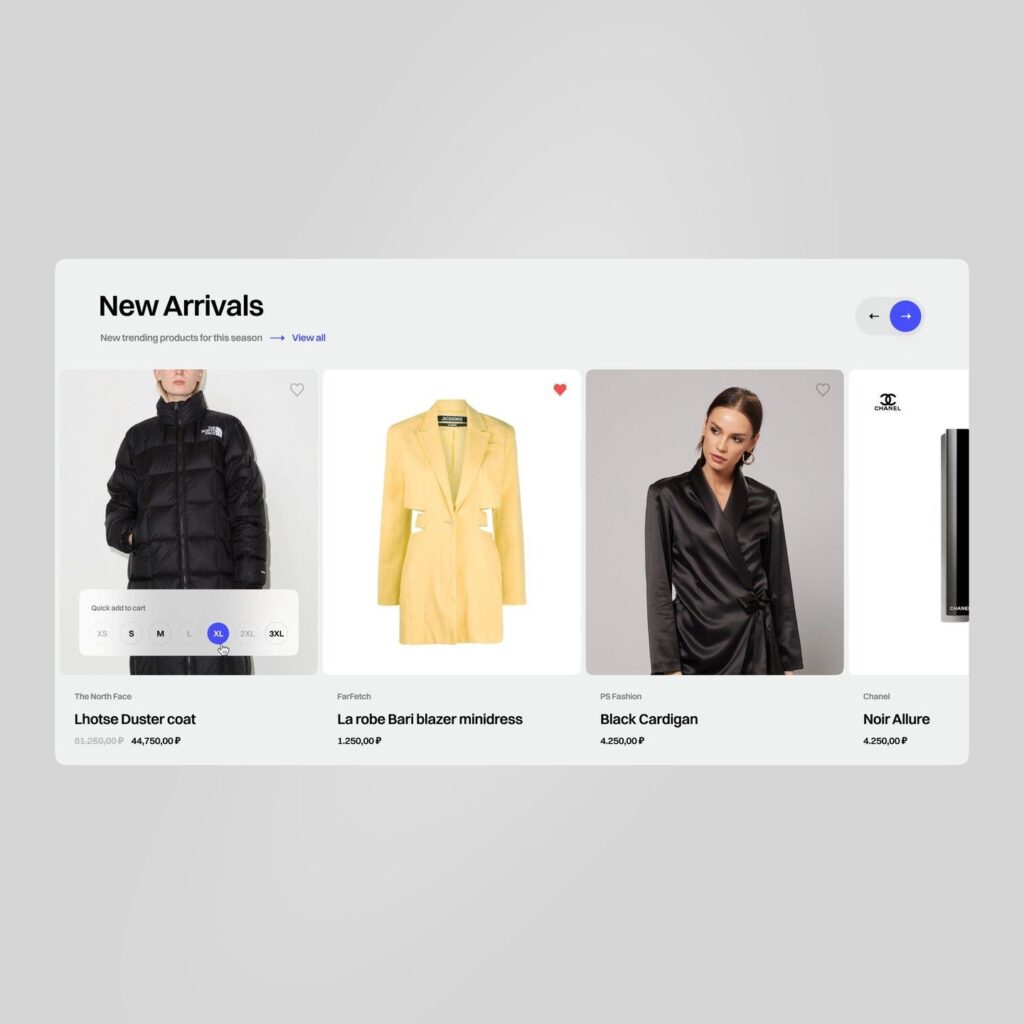In today’s digital-first world, building a robust online presence is crucial for businesses and individuals alike. When it comes to creating a website or online store, two names stand out: WordPress and Shopify. But which platform should you choose? In this comprehensive guide, we’ll explore the key differences between WordPress and Shopify, addressing frequently asked questions, and providing actionable insights to help you make an informed decision.
Introduction: Why Choosing the Right Platform Matters
Your website is more than just a digital storefront—it’s the face of your brand, a sales generator, and often the first interaction customers have with your business. Choosing between WordPress and Shopify boils down to understanding your goals, technical expertise, and budget. Each platform offers unique benefits tailored to specific needs.
Whether you’re setting up a blog, an e-commerce store, or a service-based website, understanding the nuances of these platforms will empower you to build a website that delivers results.

WordPress vs. Shopify: The Core Differences
1. Platform Purpose
- WordPress: Primarily known as a content management system (CMS), WordPress powers over 40% of the web. It’s incredibly flexible, allowing you to create blogs, portfolios, business websites, or full-scale e-commerce stores using plugins like WooCommerce.
- Shopify: Shopify is a dedicated e-commerce platform designed to simplify online store creation and management. It’s ideal for users focused solely on selling products online.
2. Ease of Use
- WordPress: Requires more setup and technical knowledge. You’ll need to choose hosting, install themes/plugins, and handle updates. It offers unparalleled customization but has a steeper learning curve.
- Shopify: Offers a streamlined, user-friendly experience. With pre-built themes and drag-and-drop functionality, it’s easy to create a store without any coding skills.
3. Customization
- WordPress: Open-source, meaning the possibilities are nearly limitless. Developers can create custom features or modify themes, offering a high degree of flexibility.
- Shopify: While Shopify allows some customization, it’s more limited compared to WordPress. You can tweak designs using pre-built sections (like those available at Xebrand Shopify Section).
4. E-commerce Capabilities
- WordPress (WooCommerce): WooCommerce transforms WordPress into an e-commerce powerhouse. It’s free to use but relies heavily on plugins for features like payment gateways, shipping, and SEO.
- Shopify: Built specifically for e-commerce, Shopify offers a complete package, including secure payment processing, inventory management, and marketing tools.
5. Pricing
- WordPress: The platform itself is free, but you’ll incur costs for hosting, themes, and plugins. Depending on your needs, this can range from $50 to $500+ per year.
- Shopify: Pricing starts at $29/month for the Basic plan, with additional transaction fees unless you use Shopify Payments.
Frequently Asked Questions About WordPress and Shopify
1. Which platform is better for SEO?
WordPress excels in SEO because of its robust plugins like Yoast SEO, giving you granular control over meta descriptions, keywords, and more. Shopify also offers SEO features but has limitations in URL structure and advanced customizations.
2. Can I migrate from WordPress to Shopify or vice versa?
Yes, migration tools exist, but the process can be complex. Shopify provides migration apps to transfer products, while WordPress offers plugins for content migration.
3. Is Shopify more secure than WordPress?
Shopify includes built-in SSL certificates and manages security updates, making it highly secure. WordPress requires users to manage security manually by installing plugins like Wordfence or Sucuri.
4. Can I use Shopify for blogging?
While Shopify includes a basic blogging feature, it’s not as powerful or versatile as WordPress. For content-heavy sites, WordPress is the better choice.
5. What are the transaction fees for Shopify?
Shopify charges 2.9% + 30¢ per transaction on the Basic plan. If you don’t use Shopify Payments, additional fees apply.
Key Considerations for Choosing the Right Platform
Go with WordPress if:
- You need maximum flexibility: Ideal for blogs, portfolios, or hybrid sites.
- You’re comfortable with technical management: Great for developers or tech-savvy users.
- You want full ownership: You control your website entirely, including hosting.
Choose Shopify if:
- Your focus is e-commerce: Built for selling products and managing online stores.
- You value simplicity: No coding skills required to launch a professional store.
- You want quick support: Shopify offers 24/7 customer service.
Conclusion: Which Platform Is Best for You?
Choosing between WordPress and Shopify ultimately depends on your specific needs. If you’re looking for unmatched flexibility and control, WordPress (with WooCommerce) is a clear winner. However, if you prioritize simplicity, efficiency, and dedicated e-commerce features, Shopify is the way to go.
For Shopify users seeking to enhance their store’s functionality, don’t miss out on Xebrand Shopify Section, which offers free pre-built sections to elevate your website’s design and usability.

















